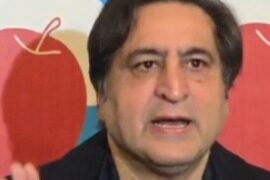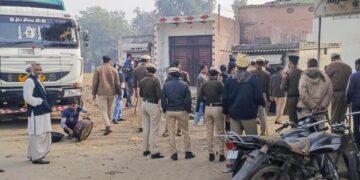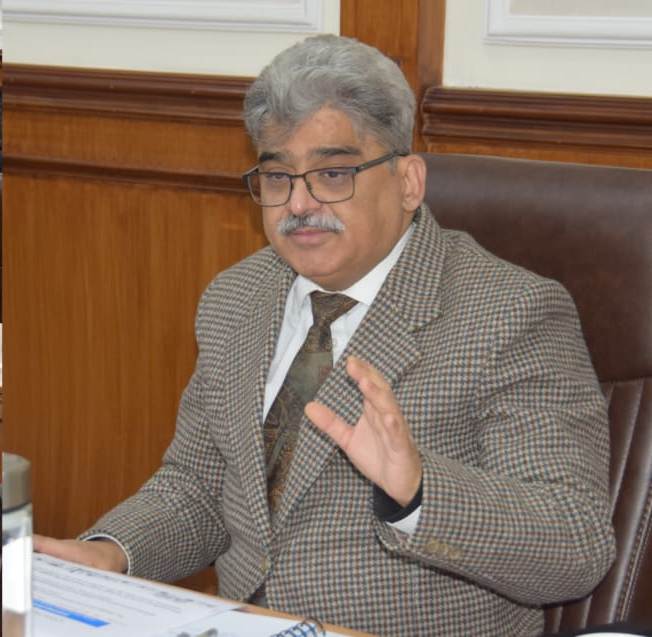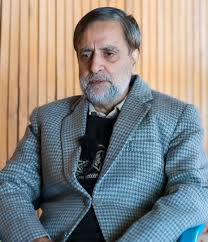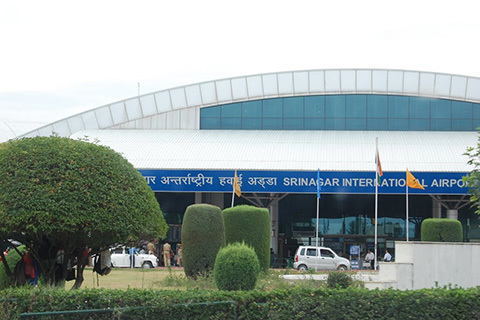New Delhi: Vaccine design is still an empirical, trial and error process and a preventive against COVID-19 could be at least a year away, say scientists as information on developments in therapeutics to combat the infection flows in a steady trickle from across the world.
While quelling the buzz of a quick breakthrough, the scientists also hold out hope that the process might be cut short by a few months if testing approvals and scale-ups in manufacturing happen simultaneously.
According to the World Health Organisation, 10 candidate vaccines for COVID-19 are in the clinical evaluation and 126 are in the preclinical stage.
Preclinical development is a stage of research during which important feasibility, iterative testing and drug safety data are collected, while clinical trials are research studies performed on people.
There are different broad strategies by which SARS-CoV-2 vaccines are being developed the world-over, explained immunologist Satyajit Rath.
While all are well-known strategies — some almost two centuries old and some almost two decades old — none are ‘guaranteed’ to yield a usable vaccine, the scientist from the National Institute of Immunology (NII) in New Delhi told PTI.
“Vaccine design still remains mostly an empirical, trial and error process, rather than an innovative knowledge-driven one. This is why, while any of these approaches is being put through trial and error, it remains a ‘vaccine candidate’ rather than a ‘vaccine’,” he added.
According to Robert Gallo, director of the Institute of Human Virology at the University of Maryland in the US, “What’s being confused — and scientists and politicians are contributing to the confusion — is the difference between a candidate and a vaccine.”
He was speaking at a virtual meeting earlier this month when scientists at the University of California (UC) Davis and from other institutes in the US gathered to lay out a full picture of the complexities of developing and distributing a COVID-19 vaccine — which they generally agreed won’t happen until some time in 2021.
“We are not expected to return to a fully normal life until a vaccine is developed. But how long will that take?“ UC Davis Chancellor Gary S. May asked in the meeting.
About a year, maybe more, was the consensus.
In India, where the number of COVID-19 cases on Tuesday rose to 3,43,091 and the death toll to 9,900, scientists agreed with their counterparts abroad
With at least six Indian companies working on a vaccine for COVID-19 and the Serum Institute of India last week announcing a deal with the company Astra Zeneca to supply one billion doses of vaccine for low and middle-income countries to combat the coronavirus, the buzz has been growing louder.
“We finally have a deal signed with @AstraZeneca, to exclusively manufacture their product for India and @gavi countries, up to a billion doses annually. This will ensure supply and access to all Indians,” Adar Poonawala, the CEO of the Serum Institute, tweeted on June 13.
Earlier this month, Prime Minister Narendra Modi pledged USD 15 million as India’s contribution to the vaccines alliance GAVI at the Global Vaccine Summit hosted by the UK.
But that does not translate into a vaccine anytime soon, scientists said.
“My guess for that is, not before the middle of the next year,” Rath said.
However, he noted that the time estimates might be pruned by a couple of months with simultaneous movements on testing-approval and manufacturing scale-up, and also by exception-shortcuts from regulatory authorities.
He explained that there are several challenges that will arise once such vaccines are ready to go into the market, since ‘going into the market’ and going into the ‘public health system’ are not the same thing.
Questions will remain on the ‘availability’ at a large scale, especially to the poor.
“One limitation, of course, is the scale of manufacturing. Huge numbers of doses will have to be manufactured in very short times to reach everyone. A number of governmental and non-governmental organisations are trying to set up industrial partnerships to address this issue,” he said.
A second issue, the scientist said, will be the cost of vaccines, with the linked issue of intellectual property rights.
A final issue, he noted, is of actual implementation and delivery of vaccination.
“The resources and the technical-administrative structures needed for such a vaccination campaign are massive. It is not clear if any national governments have the understanding and the practical commitment to them. That might end up being the biggest roadblock of all,” Rath said.
Umashankar Singh, assistant professor, Biological Engineering, IIT-Gandhinagar, said he is hoping a candidate vaccine may be available by the end of 2020, even if it is for a limited set of the population.
Two facets of vaccine production, in his view, need to be considered – mass production of the lab product and also ensuring that the product is actually effective enough to justify mass production.
There are other challenges too, he said, adding that there is evidence for a range of virulence, variable infection rates and asymptomatic infections and emergence of multiple strains.
“The uncertainty posed by these issues is likely to throw spanner in the works towards mass production of vaccines. This vaccine development is like chasing a moving target, a target we don’t know well enough. The question we should be asking is, even if a vaccine were to be available, how long would its effectiveness last?” he told PTI.
Singh noted that the emergence of a vaccine may or may not allow real protection against a rapidly evolving pathogen, but it would certainly allow us a psychological relief of being immune to the virus.
“That would allow us to move on to the issues of economy, social interactions and ease of governance,” he said.
“Even if by end of the year 2020 a candidate vaccine gets regulatory approval, mass production and supply chain is going to be a challenge,” added an Indian virologist who didn’t wish to be named.
If it is a single dose vaccine, the world will need at least eight billion doses, a task that might several months and maybe years. If it is a two dose vaccine, the challenge becomes bigger.




